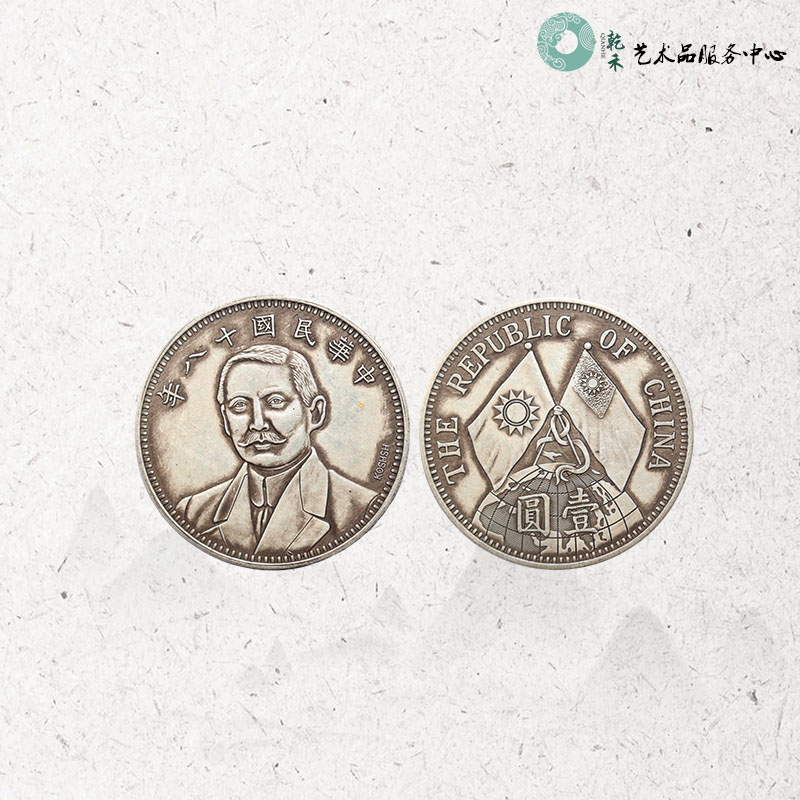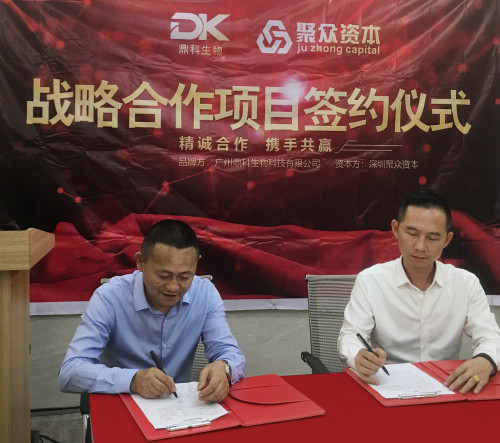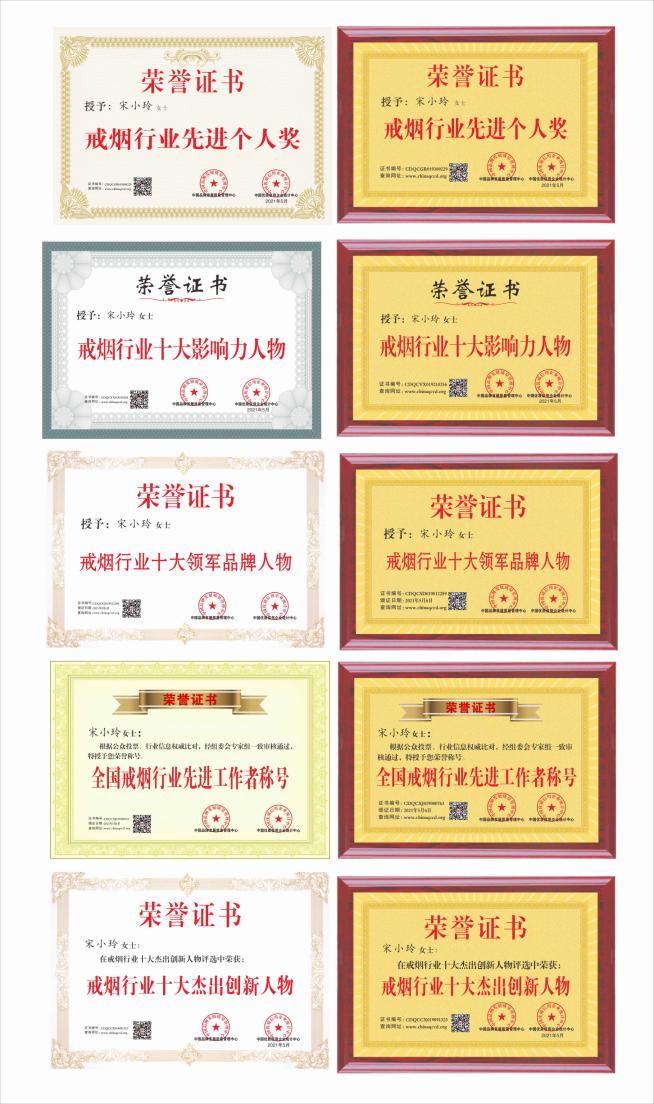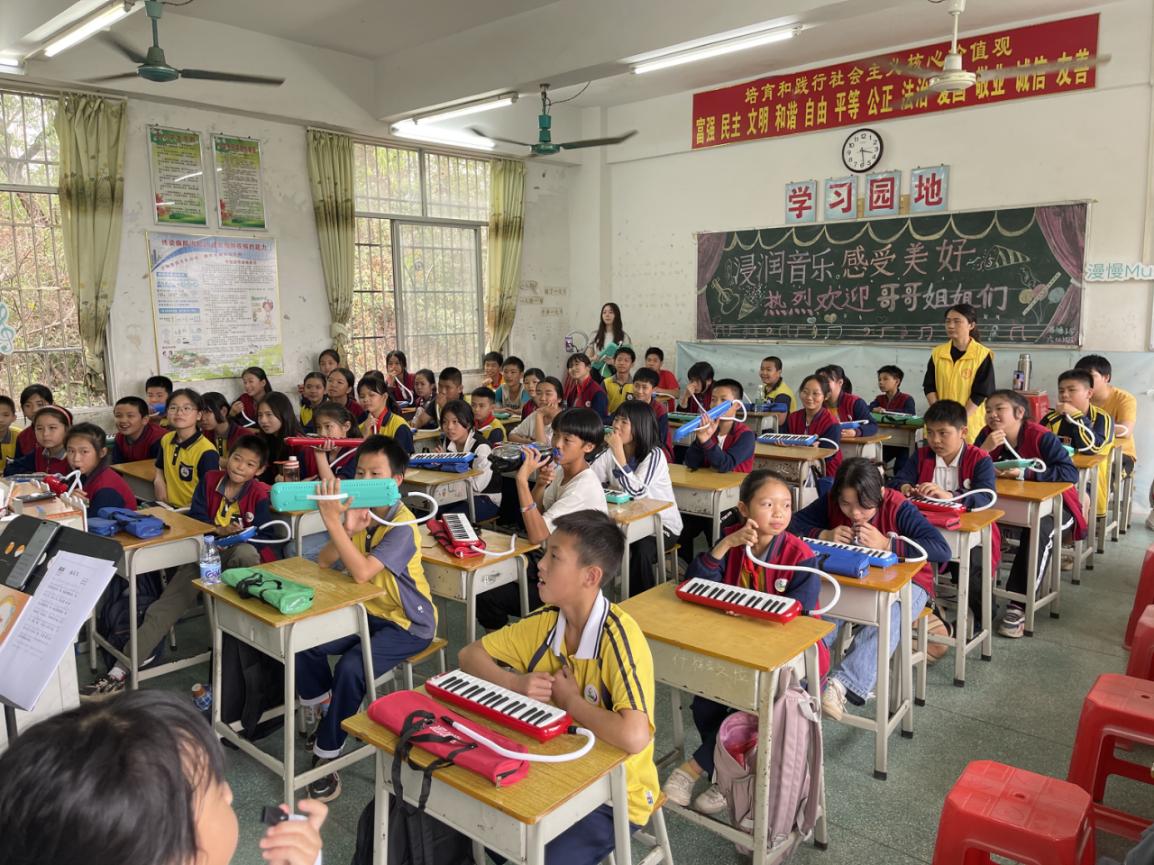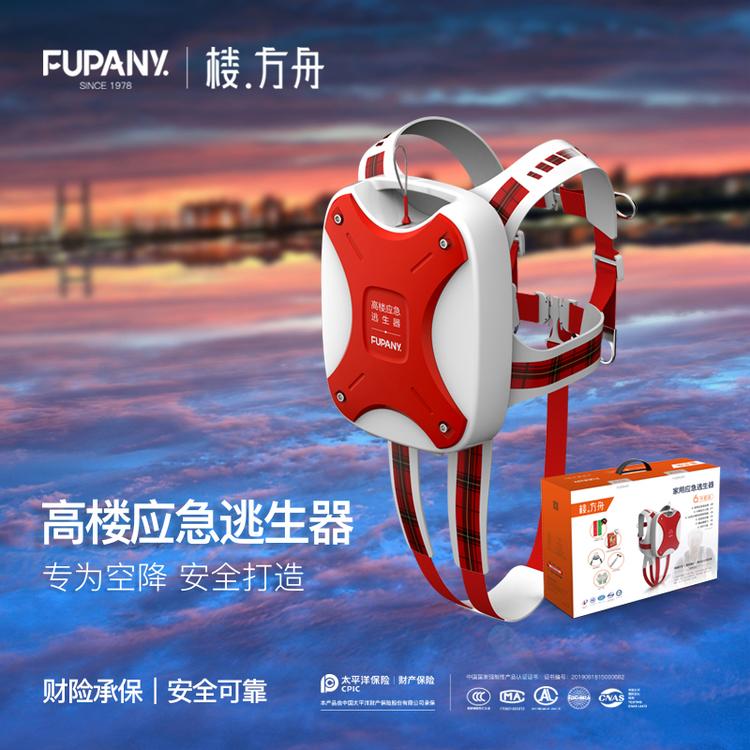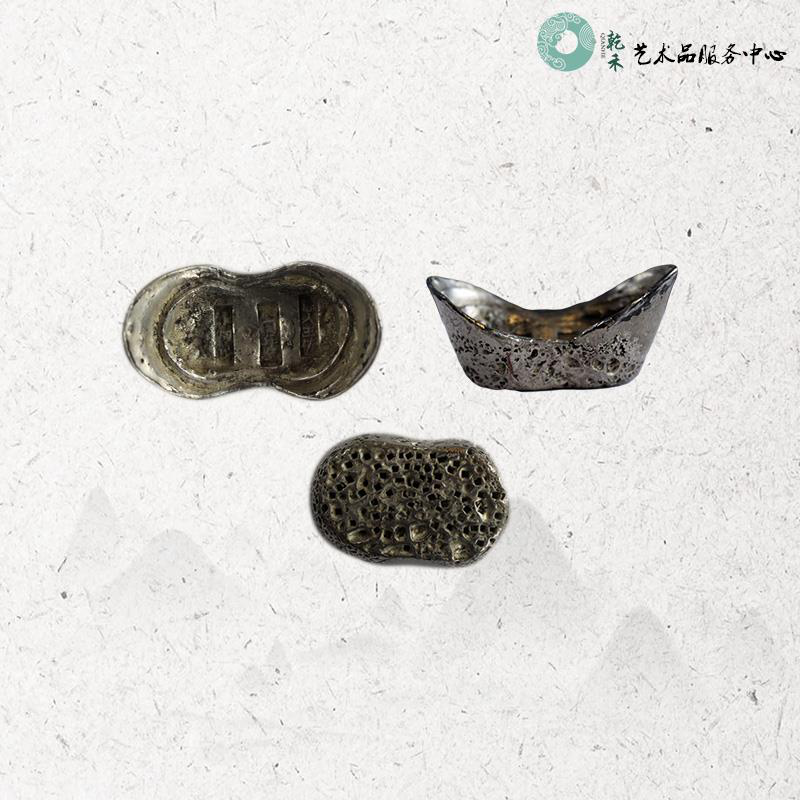
贵州乾禾特别推荐:蜂窝银锭
Guizhou Qianhe special recommendation: honeycomb silver ingot
艺术品编号:QHBJ200009
艺术品名称:蜂窝银锭
艺术品规格:重约:192.4g 直径约:6.9cm
底径约:4.6cm
Art No.: qhbj200009
Art name: honeycomb silver ingot
Artwork specification: weight: 192.4g, diameter: 6.9cm
Bottom diameter: about 4.6cm
艺术品简介:
银锭是熔铸成锭的白银。目前出土银锭中年代最早的,是汉景帝中元二年 (公元前148年) 所铸。汉武帝元狩四年 (公元前119年) 作白金 (即白银) 三品。王莽铸有银货二品。其后历代皆有铸造,惟流通不广。隋唐以前称银锭为"银饼"、"银铤",称扁平形银币为"钣"、"笏"、"版",棒形的称"铤"、"挺",宋以后改称"银锭"。元代于银锭之外总称"元宝",形式变为马蹄形,故亦称"马蹄银"。明清两代均沿用"元宝"一词。鸦片战争后,外国洋银(见银元)大量流入和自铸银元流行,并没有根本改变或取代银两制度的地位。混杂的货币制度,在对外贸易的金融调度上和在与英镑比价的变化上,都符合外国资本的需要。1934年宣布废两改元后,银两不再使用。
银锭蜂窝是白银熔化过程中吸收的氧气在冷凝过程中逸出后留下的空间,古代银锭铸造中经常出现的特征,这种铸造缺陷在中国古代往往作为判断银锭真伪的重要标志。真品银锭浇铸时,由于银液在冷却过程中迅速释放出来的氧气被挤压在银液底部和锭模之间,形成了一系列的气泡,气泡撑出的空腔即是所谓的“蜂窝”。“蜂窝”一般呈圆球状空腔,内壁光洁。蜂窝内往往还会产“滴珠”。“滴珠”是古代银锭铸造过程中又一常见特征,是部分“蜂窝”在后期发育过程中产生的一种形态,与“蜂窝”伴生。根据科学实验,低成色假银锭和非银金属锭一般不会产生“滴珠”形态。
古代银锭的铸造工艺有独特的内涵,是银锭真伪判断的重要依据。其中,蜂窝和丝纹是中国古代银锭通常具有的特征,从现代工业铸造银锭的角度看,这些都应算是铸造缺陷,是必须极力避免的。但是,在中国古代相当长的历史时期,蜂窝和丝纹被视为铸造银锭专有的特征,彰显了白银贵金属的特质;而银锭成色鉴定机构也常常把蜂窝和丝纹作为评定成色的重要依据。
Introduction to art:
Silver ingot is silver melted into ingot. At present, the earliest silver ingot unearthed is made in the second year of Zhongyuan (148 BC), Emperor Jingdi of Han Dynasty. In the fourth year of Yuanshou (119 BC), Emperor Wu of the Han Dynasty, he made three grades of platinum (silver). Wang Mang has two kinds of silver products. Later generations all had casting, but the circulation was not wide. Before the Sui and Tang Dynasties, silver ingots were called "silver cakes" and "silver collars", flat silver coins were called "plate", "wat" and "plate", bar shaped coins were called "collar" and "ting", and after the Song Dynasty, they were renamed "silver ingots". In the Yuan Dynasty, it was called "Yuanbao" in addition to the silver ingot, and the form became horseshoe, so it was also called "horseshoe silver". The word "Yuanbao" was used in Ming and Qing Dynasties. After the Opium War, a large number of foreign foreign silver (see silver dollar) flowed in and self cast silver dollar became popular, which did not fundamentally change or replace the status of the silver system. The mixed monetary system meets the needs of foreign capital in the financial regulation of foreign trade and in the change of the price comparison with the pound. After the abolition of the two yuan reform in 1934, silver was no longer used.
The honeycombs of silver ingots are the space left by the oxygen absorbed in the melting process of silver after escaping from the condensation process. This kind of casting defect often appears in the ancient silver ingot casting, which is an important sign to judge the authenticity of silver ingots in ancient China. During the casting of genuine silver ingot, a series of bubbles are formed because the oxygen released from the silver liquid in the cooling process is squeezed between the bottom of the silver liquid and the ingot mold, and the cavity of the bubbles is called "honeycomb". "Honeycomb" is generally a spherical cavity with smooth inner wall. There are often "beads" in the honeycomb. "Drop bead" is another common feature in the casting process of ancient silver ingot. It is a form of part of "honeycomb" produced in the later development process, which is associated with "honeycomb". According to scientific experiments, low color fake silver ingots and non silver metal ingots generally do not produce "drop bead" shape.
The casting technology of ancient silver ingots has its unique connotation, which is an important basis for judging the authenticity of silver ingots. Among them, honeycomb and silk grain are the common features of ancient Chinese silver ingots. From the perspective of modern industrial casting of silver ingots, these are casting defects that must be avoided as much as possible. However, in ancient China for quite a long time, honeycomb and silk pattern were regarded as the unique characteristics of silver ingot casting, which showed the characteristics of silver precious metals; and the silver ingot color identification agencies often used honeycomb and silk pattern as an important basis for color evaluation.
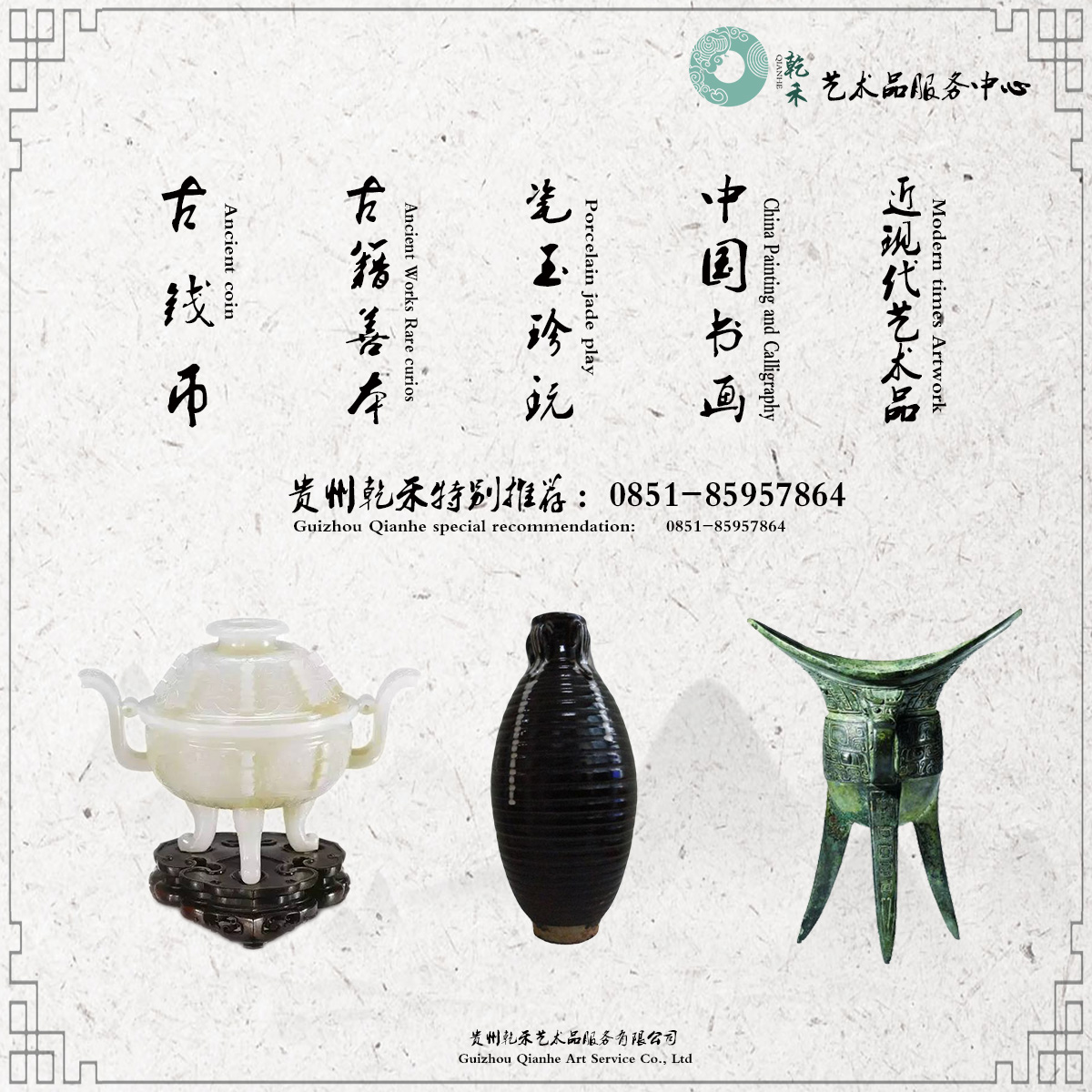
更多精品展示,敬请关注贵州乾禾艺术品特别推荐!
More boutique exhibition, Please pay attention to Guizhou Qianhe art special recommendation!


